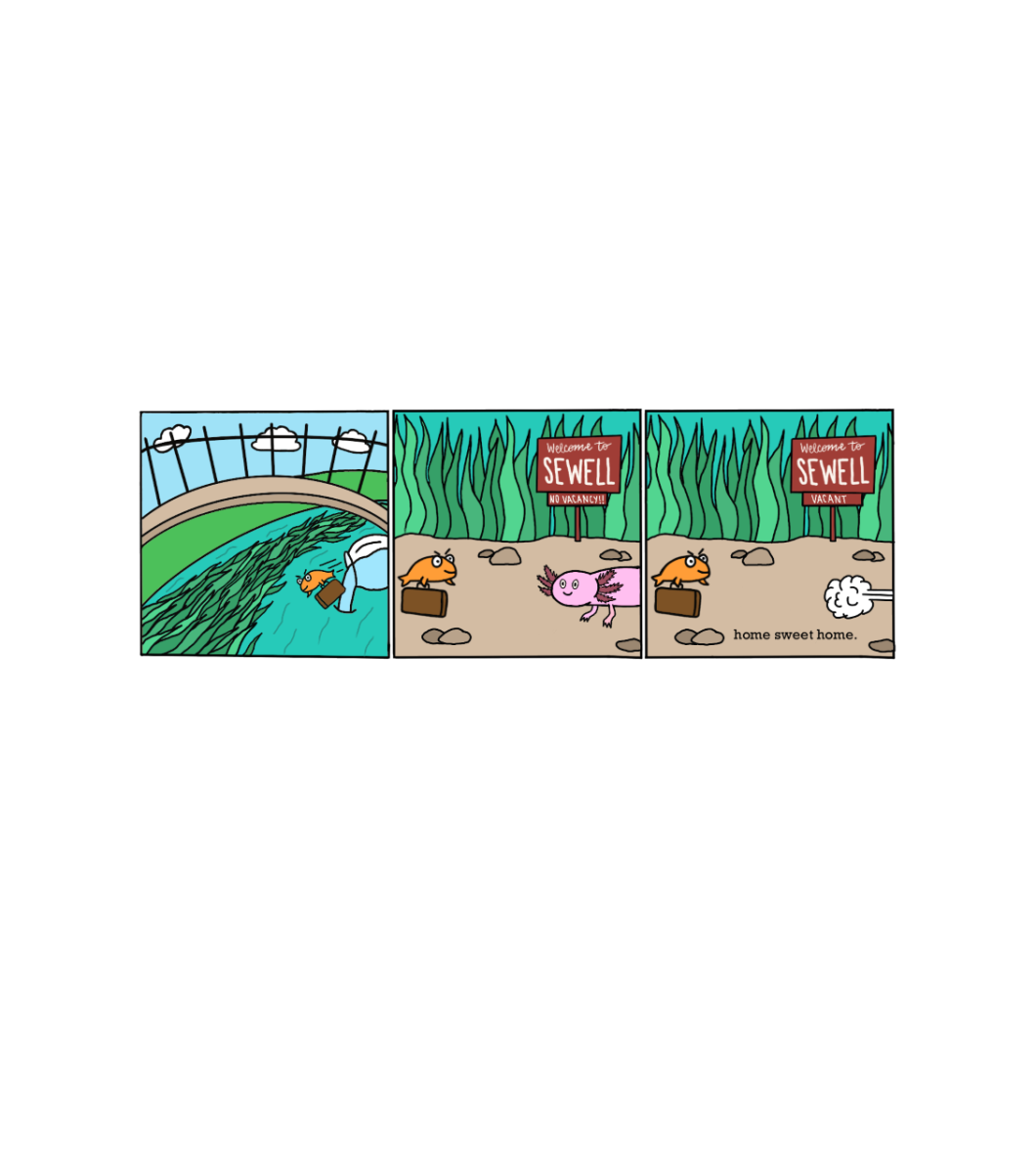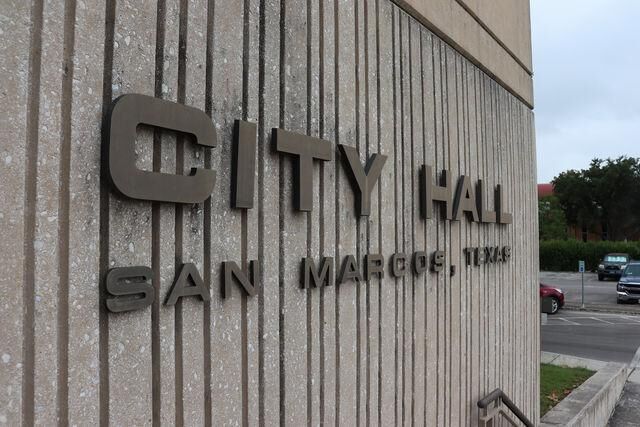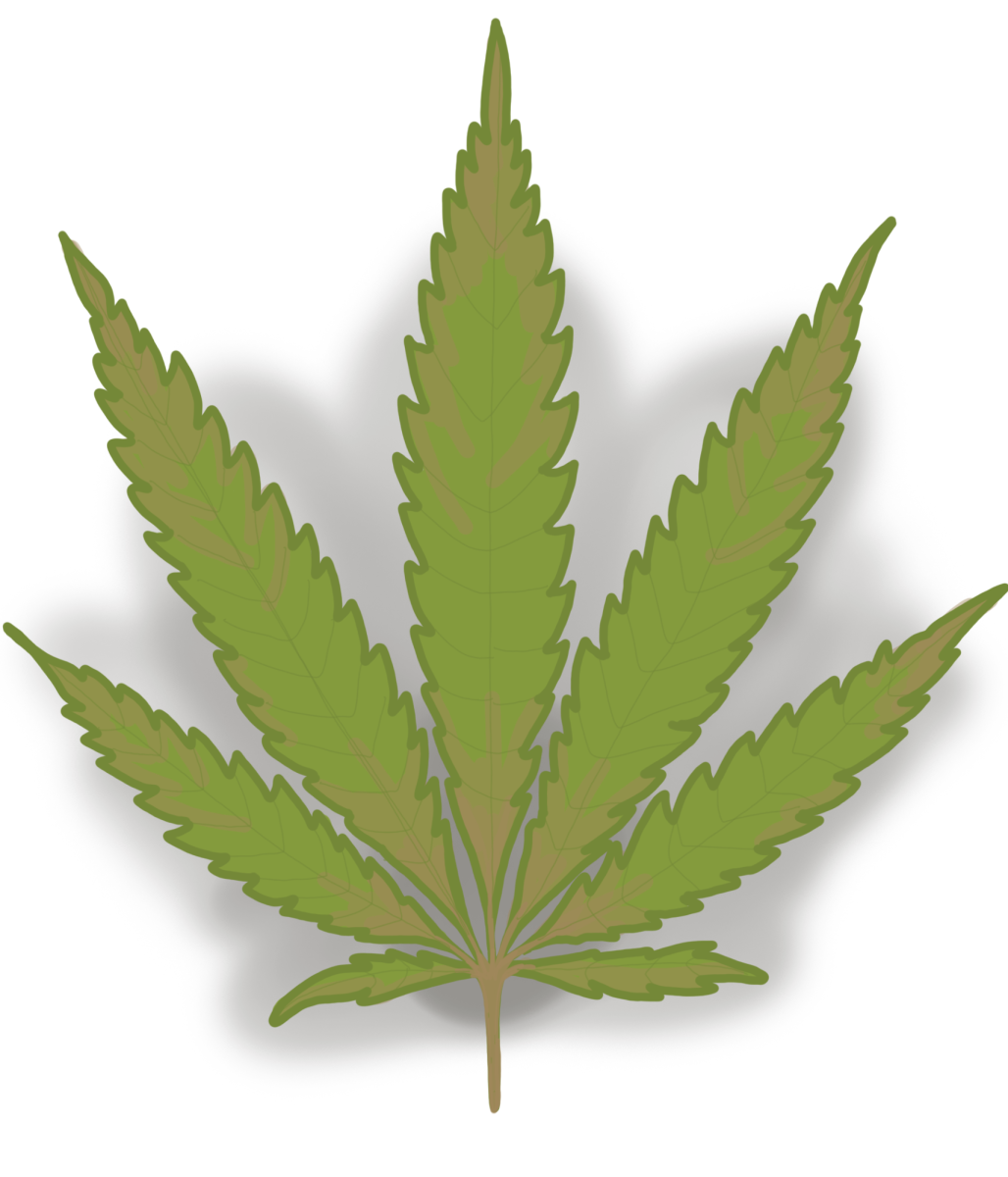Invasive species are non-native organisms that are introduced into an ecosystem and have the potential to cause harm to the environment, economy or human health. They can be plants, animals or microorganisms that can thrive and spread quickly in new environments with no natural predators, competitors or parasites to control their population.
Timothy Bonner, professor and director of the aquatic biology program, said if an invasive species were to end up in the river, it could cause an imbalance in the ecosystem by being a predator to other organisms.
“If somebody was just to throw their pet dead or alive in the river, depending on what type of species it is, it could be a predator to other organisms, it could be a competitor to other organisms,” Bonner said. “For it to be really a viable threat, you would have to throw enough in there to where they would be self-sustained and reproduce.”
Lauren Chappell, a second-year aquatic biology and resources master’s student, said people need to be aware of the responsibilities of owning a pet, especially when they decide to let it go.
“The biggest way that invasive species are introduced into a new ecosystem, at least in this case, is human introduction,” Chappell said. “It is very common that people just release unwanted pets into a place they find pretty in hopes that their pet will live a good life.”
Executive Director of the Meadows Center Robert Mace said the center works to manage the shoreline and land bordering the springs and river to eliminate or manage the invasive species forming.
“There is a field crew that we have that works in conjunction with the biology department that basically gardens the river to keep the weeds of invasive species from taking over the native species,” Mace said.
Bonner said the different aspects of a river’s ecosystem are working and performing duties to keep it thriving. When a non-native species enters the river, it disrupts all the other mechanisms that are taking place.
“The most common way [invasive species form], I believe, is that people have aquatic pets here in San Marcos and they took the whole aquarium or gather them up in the bag and they come and release them into the water,” Bonner said.
According to Bonner, native snails in the river have a Trematode parasite that has become a non-native species feeding on other species in the river.
“There are other similar type parasites that use humans as their host,” Bonner said. “Until we advertise and inform others of the effects of dumping their pets into the river, there’s always a chance that something could be introduced that would affect the human population.”
Chappell agreed with Bonner and said it is important to raise awareness of the issue so other people know what not to do when disposing of their pets.
“In my day-to-day life, if I’m swimming in the river, it’s frustrating to see these invasive species,” Chappell said. “I think the biggest thing is that students aren’t aware of the issues of the San Marcos River … we all take a massive hit in not being people to see [the river] before it was destroyed.”
Mace said many people in the community and the Meadows Center often run into obstacles when deciding the best way to reach a large audience to spread awareness on the issue of invasive species.
“Something that we don’t do that other places do is keep people from dumping their fish tanks into a river, so they provide a place for people to dump their pets, and if we created alternatives to dumping fish it could help,” Mace said.
If nothing is done to help alleviate the issues surrounding these non-native species, Bonner said that in 10 years, invasive species already in the river, such as the Suckermout Catfish, would increase in substantial amounts.
“As human populations are increasing, there will be an increase in the number of people having aquatic pets and the diversity of those pets,” Bonner said. “Then also, a certain percentage of people that aren’t aware, or don’t care about the law, is going to increase more non-native species put into the San Marcos River.”
Chappell said the long-term solution to the problems revolving around non-native species is continuing to educate the public who is lending a hand in the issues in the first place.
“Also with these cyclical drought periods that we go through, having signs around the river that explain why the river gets so low from time to time and kind of giving people tips and tricks on what they can do better at home to mitigate some of these water loss issues,” Chappell said. “These are things we can do as a general public to force some changes into politics based on scientific research that shows right from wrong, especially with invasive species.”























